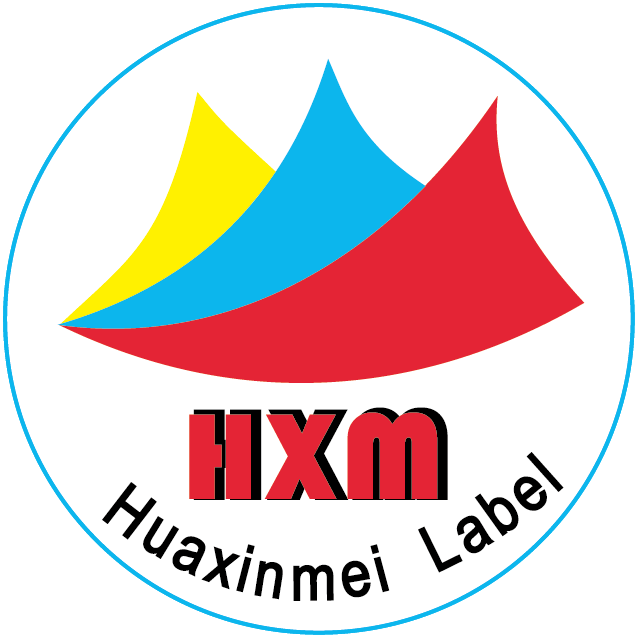Texture Selection
Fit the Theme: The texture should match the usage scenario and the theme expressed by the sticker. For example, for stickers on children’s toys, cute cartoon textures can be selected; for stickers on sports equipment, dynamic lines or textures like carbon – fiber – like that give a sense of speed are suitable. Different themes require different textures to meet consumers’ needs. For example, if the theme is cute and cartoonish, then design products with cute edges and corners, such as having Doraemon or various other cute cartoon characters on the edges and corners to attract consumers’ love and attention.
Consider the Audience: Different audiences have different preferences for textures. For products aimed at young people, fashionable and personalized textures can be adopted; for products aimed at business people, simple and low – key textures are more appropriate. Consider the target group and see what kind of products they like. For example, for urban female white – collar workers, they like delicate and high – end products, and they also need products to match their needs.
Reflect Product Characteristics: If the sticker is used for a specific product, the texture should be able to reflect the characteristics or advantages of the product. For example, for stickers on high – end electronic products, using a delicate metal – like texture can highlight the product’s exquisite craftsmanship and sense of quality. It is particularly important to reflect product characteristics because only unique product characteristics can attract people and distinguish the product from similar ones.

Color Matching
Harmony and Unity: The color of the textured sticker should be coordinated with the overall design style to form a unified visual effect. You can use adjacent – color matching to create a soft and comfortable atmosphere, or use contrast – color matching to highlight the visual impact of the sticker. In terms of color, adhere to the method of harmonious unity for matching, because only good – looking colors can be attractive enough to attract consumers to buy the product for its details.
Highlight the Main Body: Through color contrast, make the main content of the textured sticker more prominent. For example, on a dark – colored textured background, use light – colored text or patterns as the main body to make the main content easier to identify and attract attention. Highlight the theme of the product and the main body of the design. For example, if the theme is fantasy, then design a more beautiful main body, such as a star – filled sky or angels.
Match the Brand Image: If the sticker is designed for a certain brand, the color matching should be in line with the brand’s image and color specifications. Using the brand’s iconic color or color system helps to enhance the brand’s recognition and dissemination power. The design of the sticker should be in line with the product brand image. Using a sticker with the same color as the brand logo makes it easier for consumers to remember. If consumers can’t remember, then the brand image design is too messy and has no memory points.
Composition and Layout
Simple and Clear: Avoid piling up too many elements and complex textures on the sticker. Keep the composition simple so that users can quickly understand the content expressed by the sticker. A simple composition also makes it easier for users to use the sticker in different scenarios without causing visual interference. Design simple patterns and textures on the sticker, as simple as possible, so that consumers can remember them in a short time.
Highlight the Key Points: Identify the core information or main pattern of the sticker and place it in the visual center. Through the setting of the texture and the guidance of the layout, make users’ attention focus on the key content first. Highlighting the key points means clarifying what or which aspect the sticker should focus on. For example, on the sticker, highlight a certain cartoon character or which textures are the main parts of the picture.
Balance and Harmony: The composition should be kept balanced to avoid the situation of one side being heavy and the other side being light. You can use symmetrical composition, evenly distribute elements, etc. to make the sticker give people a stable and harmonious feeling visually. The composition should be even, stable, not unbalanced, and have a sense of balanced beauty.
Material and Process
Material Selection: According to the usage environment and needs of the sticker, select the appropriate material. For example, for stickers used outdoors, choose materials with good weather resistance, waterproof and sunscreen properties; for stickers used for indoor decoration, you can consider materials with a soft texture and bright colors.

Process Matching: Different texture effects need to be achieved through corresponding processes. For example, the gold – stamping and silver – stamping processes can create a gorgeous metal texture effect; UV printing can make the texture have a high – gloss and three – dimensional effect. Selecting the appropriate process can not only enhance the texture of the texture but also improve the durability and aesthetics of the sticker.
Cost Control: On the premise of ensuring the design effect and quality, consider the cost of materials and processes. Reasonably select materials and processes with high cost – performance to meet the budget requirements of the project.


